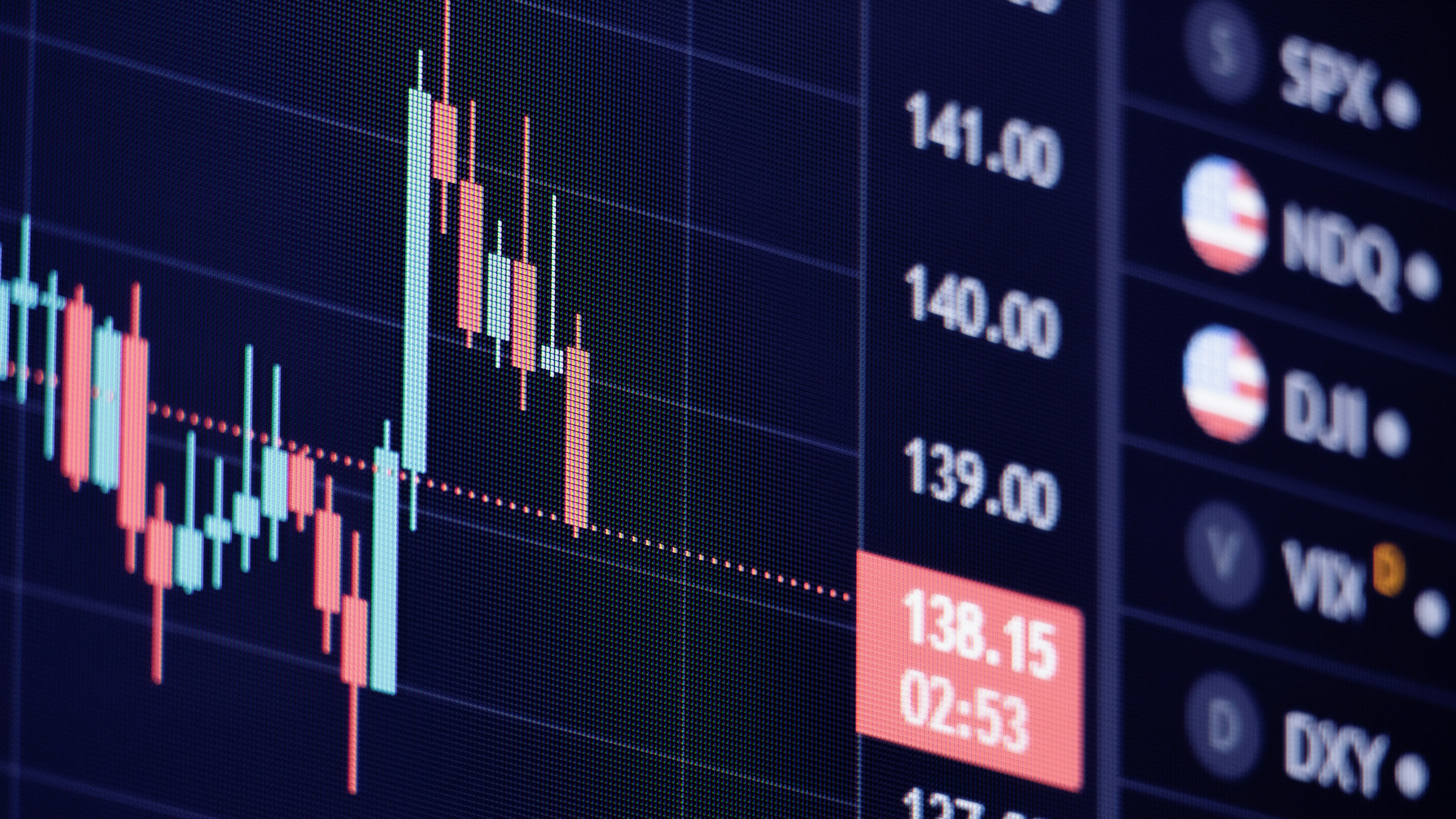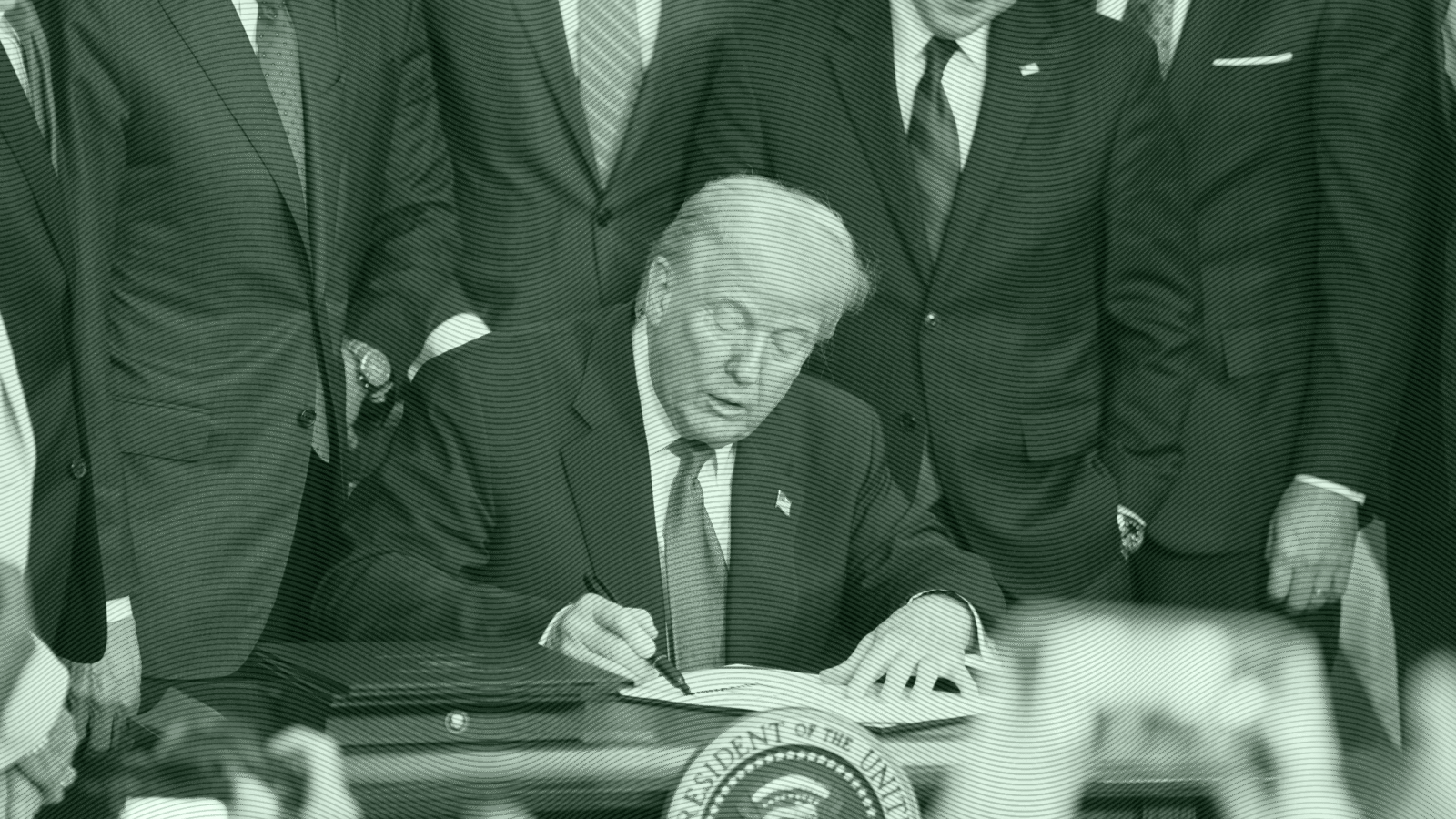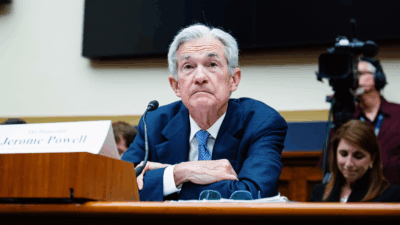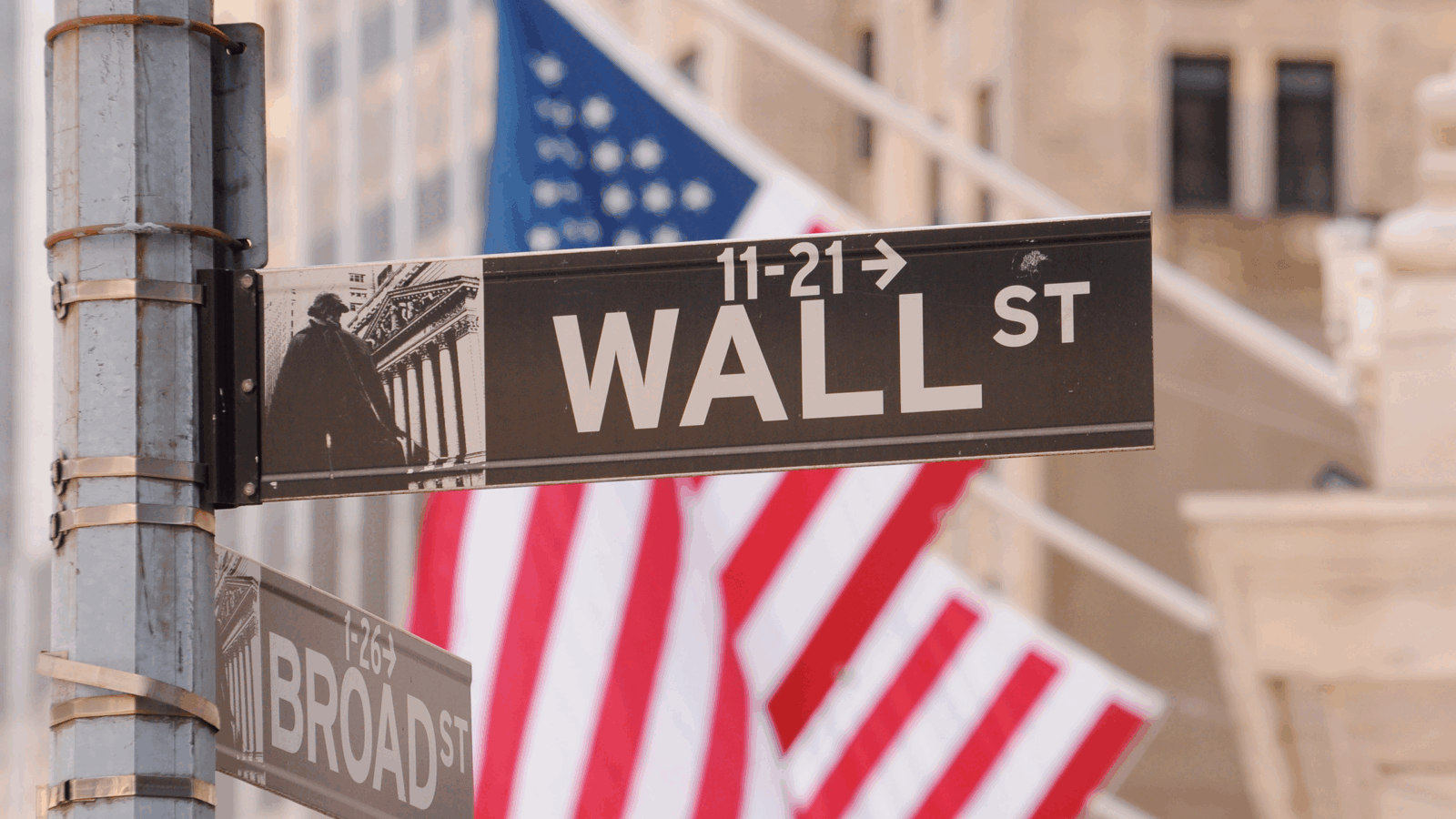Markets Are Finally, For Real, Pricing in An Economic War
On Tuesday, President Donald Trump slapped import duties on Canada and Mexico, kicking off a full-fledged economic war.

Sign up for smart news, insights, and analysis on the biggest financial stories of the day.
It was a shoot ’em up week for America’s tariff sheriff. On Tuesday, President Donald Trump slapped import duties on Canada and Mexico, kicking off a full-fledged economic war.
The leader of Canada’s most populous province, Ontario Premier Doug Ford, then threatened to cut off power to 1.5 million Americans “with a smile on my face.” On Thursday, US Treasury Secretary Scott Bessent ridiculed Canadian Prime Minister Justin Trudeau as a “numbskull.” On markets, it was a week of selloffs coupled with revised forecasts and earnings guidance from companies, suggesting investors are officially pricing in a lower-growth future after weeks of possibly misguided optimism.
Blame the “Globalists”
The stock market rallied after Trump’s November election, thanks to his promises to cut red tape and slash corporate taxes to 15% from 21%. But investors didn’t take his threats to start a global trade war seriously, presuming they were bluffs designed to extract concessions from trading partners.
So when the trade wars kicked off this week, those investors were dealt a cold dose of reality that would chill even the sturdiest Canadian. Even as the US administration said Thursday that it would delay some tariffs on its neighbors for a month, investors resumed a steep selloff that first rocked markets on Monday and Tuesday, pricing in a future of higher import costs, potential inflation and the disruption of once-integrated supply chains. On Thursday, the S&P 500 dipped 2%, the Dow Jones 1.2% and the Nasdaq fell 2.9%, closing in correction territory — Trump, by the way, blamed the selloffs on “globalists.”
There have also been signs from Wall Street’s smartest observers that a reset is in the cards:
- FactSet last week reported that analysts, worried about tariffs and inflation, had lowered their earnings per share estimates for S&P 500 companies more than usual in the first two months of this quarter. It’s normal for analysts to revise estimates down to kick off a quarter, but in the last five years, or 20 quarters, the average revision down in the first two months of a quarter has been 2.6%. In the first two months of Q1 2025, it was 3.5%.
- Companies themselves have also begun to issue caution. For the first quarter, 58 S&P 500 companies have issued negative EPS guidance, compared with 40 S&P firms that have issued positive guidance. But amid the deluge, a safe haven of sorts has emerged.
Port in a Storm: While the S&P 500 Index is down 2.2% this year and 4.9% from its record high, low-volatility stocks have proved their worth. That means companies with a history of moving higher or lower at a slower pace, sort of like the tortoises of the market — think conglomerate Berkshire Hathaway, up 9.8% this year, or telecom business Verizon, up 10%, or consumer goods-maker Procter & Gamble, up 4.2%. In fact, low-volatility exchange-traded funds have been one of the soundest investments of 2025: Invesco’s S&P 500 Low-Volatility ETF is up 5.3% and the iShares’ MSCI USA Min-Vol Factor ETF is up 5.5%. They’re easily beating the S&P 500, which outperformed both by nearly double digits last year.











